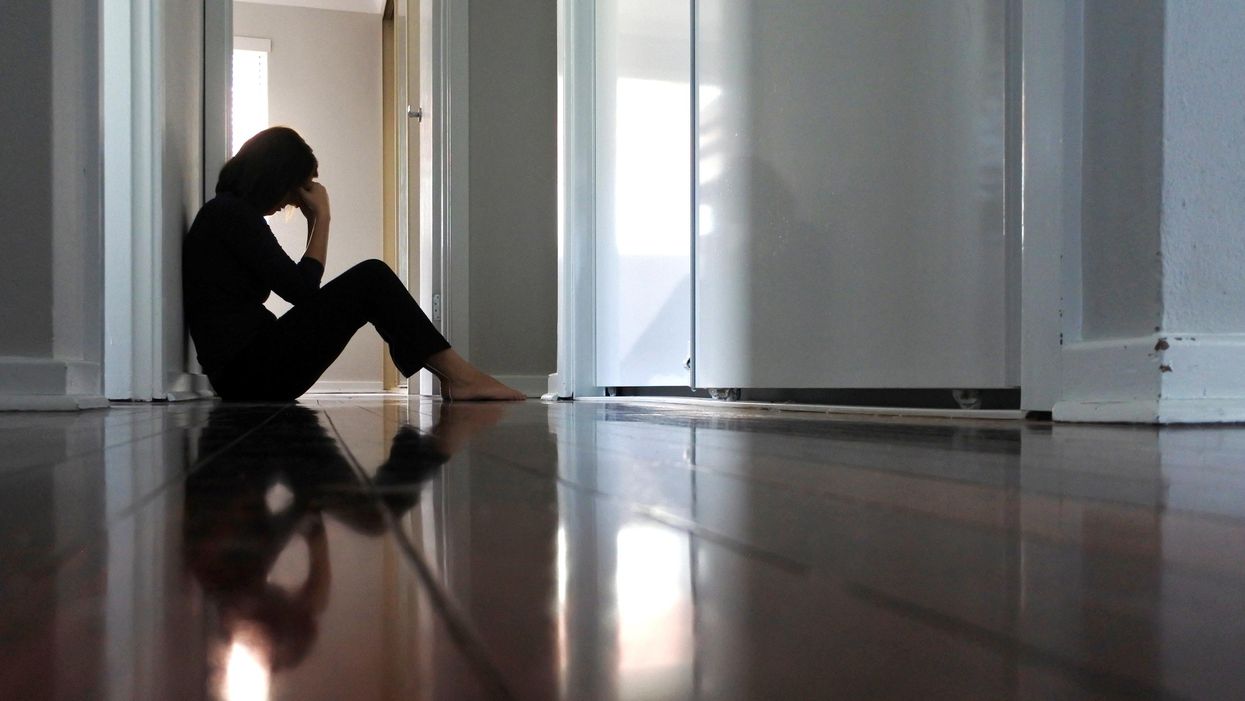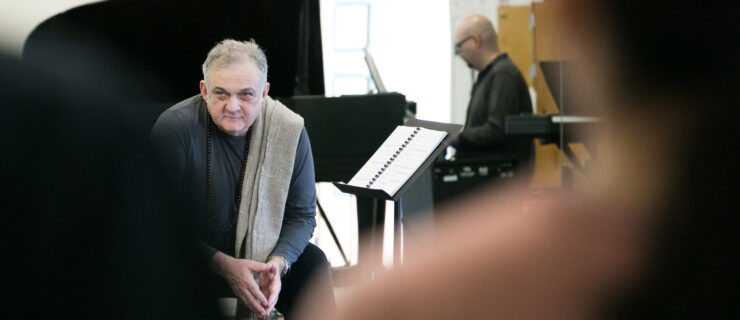When You Need to Take Time Off for Your Mental Health
In the dance world, most companies and training programs have resources to support injured dancers. However, the same standards are not always in place for dancers who need time off for mental health reasons. “It’s hard enough to take time away for a physical injury,” says former Pittsburgh Ballet Theatre dancer Casey Pentrack. In 2016, although she had been poised for a long, promising career, she quit dancing due to challenges with depression and an eating disorder. “For something that’s so unseen as a mental injury,” she says, “it can be difficult to convince yourself or communicate to others that time off might be necessary.”
Yet according to Dr. Lynda Mainwaring, a performance and sports psychologist based in Canada, dancers are particularly vulnerable to mental health challenges because of the demanding nature of their profession. Whether they are struggling with a chronic condition or confronting a period of burnout, there are times when “pushing through it” isn’t healthy, or even possible.
How to Ask for a Break
If you’re feeling overwhelmed, consistently tired, socially withdrawn or unable to take care of your day-to-day needs, it might be time to take a step back, Mainwaring says.
When Pentrack knew she needed to leave the company, she scheduled a meeting with the artistic director to discuss her decision. Susan Jaffe, current artistic director at PBT, suggests a similar approach, adding that it might be beneficial to include a member of the human resources team in the conversation. “An HR person can help with specific timelines and procedures,” she says. “They might even be able to help find a mental health professional for you to work with.”
According to Lauren Carlini, PBT’s human resources manager, the company internally defines “sickness” broadly. Any medically recognized condition, including mental illness, is recognized as illness. This allows dancers to use paid sick days to address mental health concerns. “In an AGMA contract, dancers are entitled to 21 days of paid sick leave per year,” she says. Beyond those 21 days, paid leave can continue for no less than four weeks at 45 percent of a dancer’s weekly contract rate, and some more tenured dancers can get up to 20 weeks of paid leave.
When asking for time off, Mainwaring recommends honest, open communication with artistic staff, in addition to planning ahead prior to the conversation. “Think about what your schedule looks like and identify when you need some time off and when a good time might be to do that,” she says.
But if a dancer speaks to their director and runs into obstacles, Jaffe recommends they speak with HR, and then a union representative for additional support. Carlini adds that a note from a mental health professional recommending leave could be helpful, and may be required for an extended time off, although it’s never necessary to include personal details about your condition beyond what is needed to file for leave.
Use the Time Strategically
Whether your decision is to leave performing behind or to just take a break, there are ways to make the most of your time away. Mainwaring suggests giving yourself a break from the rigor of dance training. But you can use exercise as a powerful tool for improving mental health.
“Exercise helps dissipate stress and anxiety,” Mainwaring says. “It’s important to keep up physicality because dancers are very much used to and enjoy movement.” She suggests trying new ways to stay active, like walking, riding your bike or playing tennis with a friend.
While your physical health is important, caring for your brain should take precedence. Look into dance-specific organizations that provide mental health resources (see sidebar) and might even help cover some of the costs, too.
Don’t forget that your artistic team and community of dancers should have your back. Staying connected to your social circles and the things you love about dance will also help you get through.
“I’m here to be a support to my dancers,” Jaffe says. “I’m here to help.”
Mental Health Resources That Can Help
Minding the Gap: Find community through virtual town halls, blogs and articles.
International Association for Dance Medicine & Science: Watch its nine-part mental health webinar series, hosted by experts, and search for mental health professionals.
The Dancers’ Resource at The Actors Fund: Find referrals for affordable health care and insurance; individual and group counseling; as well as emergency financial assistance.
Okay, Let’s Unpack This: Join biannual support groups, and find free or sliding-scale individual therapy recommendations.





